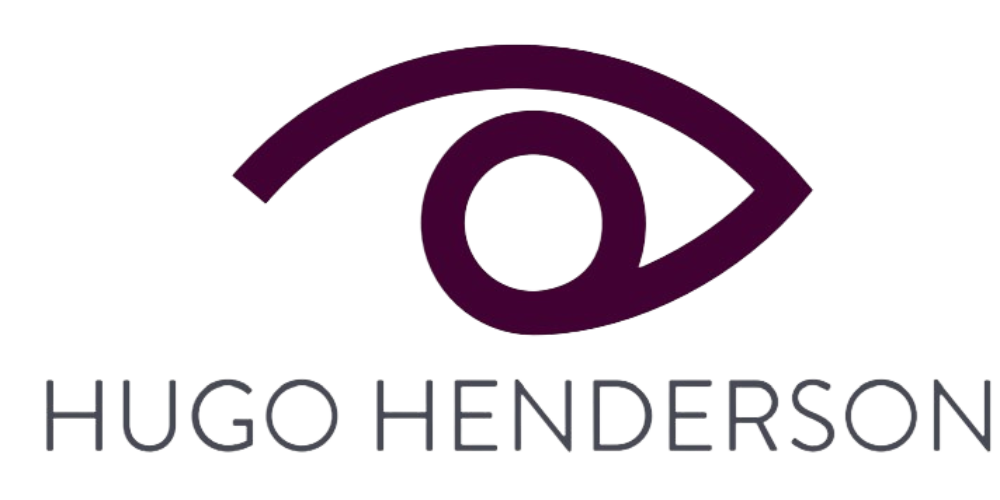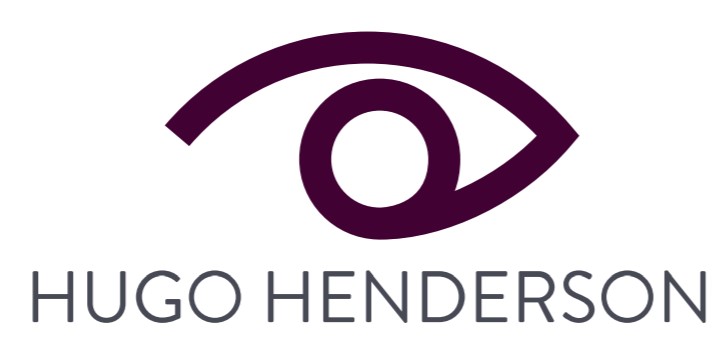Eyelid Lift
Upper Lid Blepharoplasty
Upper Eyelid Blepharoplasty
Upper eyelid blepharoplasty is surgery to remove upper eyelid hooding and puffiness. It lightens the appearance of the eyelids, giving a more open youth look. Reducing the hood may improve the upper visual field and reducing the heaviness can reduce brow strain. Upper blepharoplasty lifts the upper eyelid hooding away from the eyelashes and can help reduce mascara smudge.
Upper blepharoplasty surgery can be combined with ptosis surgery to lift drooping upper eyelids, and lower blepharoplasty to correct puffy lower eyelids. In ptosis, the eyelid itself droops down covering the pupil and restricting the upper vision. In ptosis surgery, the muscle which lifts the eyelid is strengthened (the Levator Palpebrae Superioris muscle) and this lifts the eyelid, opening the eyes (see the section on ptosis surgery).
Hugo’s philosophy is to conserve tissue as much as possible to avoid the gaunt stretched look that can so often result from poorly executed cosmetic surgery.
Surgery can be undertaken either under local anaesthetic in the minor operations suite at 119 Harley Street or under ‘twilight’ anaesthesia. This is a local anaesthetic and intravenous sedation undertaken as a day case in-patient at the main operating theatres in The London Clinic. Surgery usually takes about 45 minutes to an hour.
If you have opted for local anaesthetic, you will arrive half an hour before the surgery (generally on a Friday early afternoon) and leave with the eye open half an hour or so after surgery after you have had time to rest up and have a cup of tea. It is best to have someone take you home.
If you are having twilight anaesthesia or a full general anaesthetic, you will have your own in-patient room and are admitted to the ward at 7.00 am. on a Friday. After surgery, your eyes will be padded closed for a few hours and when you have fully recovered from the sedation you can leave in the afternoon. It is best to have someone to take you home and stay the night or to book a room in the hospital for the night, an overnight stay.

What to expect
At the consultation
We will need your complete medical history, so make sure you have checked your records and bring this information with you. We will specifically ask if you have any allergies, whether you are taking any vitamins, medications, or other drugs (both prescription and over-the-counter) and if you smoke. In addition, glasses and contact lens wearers should bring these along. We would also like to have any relevant information from your optician or a record of your most recent eye exam. During the consultation, we will also test your vision and tear production.
The consultation will be the best time to discuss your goals and expectations for surgery. This will be whether to do all four eyelids (or just the upper or lower ones), whether you would like skin and/or fat to be removed at the same time, and whether any additional procedures are appropriate.
It is important to bear in mind that blepharoplasty won’t remove crow’s feet or other wrinkles, or dark circles or lift sagging eyebrows.
Before Your Surgery
We will send you guidelines on how to prepare for your surgery, this will include advice on what to eat and drink, which vitamins and medications to take, which to avoid and what to do if you smoke. To optimise your chances of safe and successful surgery, you must follow these guidelines. You may also need to arrange for someone to drive you home after surgery and be around to help you out at home if needed for a few days.
During Your Surgery
Surgery typically takes 30-45 minutes. Typically, the incisions follow the natural lines of your eyelids; for the upper lids, this will be in the creases, and the incisions are closed with very fine sutures.
After Your Surgery
After surgery, your eyes will be lubricated with ointment and a bandage applied. Your eyelids may feel tight and sore as the anaesthesia wears off, but you will be advised on how to control any discomfort and prescribed appropriate pain medication. If you feel any severe pain, call the hospital immediately.
You will need to keep your head elevated for several days and use cold compresses to reduce swelling and bruising. It is important to note that bruising varies from person to person. However, it will reach its peak during the first week but, depending on the individual, could then last anywhere from two weeks to a month. For the first few weeks expect to feel at least some of the below:
- Gummy eyes (we will show you how to clean these)
- Dry eyelids or itching or burning eyes (we will prescribe you eye drops or ointment to help with this)
- Excessive tearing of your eyes
- Sensitivity to light
- Temporary changes to your eyesight such as blurring or double vision
Recovery Timeline
1 – 7 days: We will be in close contact so we can monitor your recovery. One week after surgery, your stitches will be removed and once they are out, the swelling and discolouration around your eyes will gradually subside and you will look and feel much better!
2 – 3 days: You should be able to read or watch television.
7 – 10 days: You should be able to go out in public and back to work. You may be sensitive to sunlight, wind, and other irritants for several weeks, so you should wear sunglasses and a special sunblock made for eyelids when you go out. Make-up will help to disguise any remaining bruising.
14 days: Contact lens wearers can put their contacts back in.
What Are The Risks?
Providing that you chose an appropriately qualified oculoplastic surgeon, and follow all the advice and guidelines given, the risks associated with blepharoplasty are usually infrequent and minimal. Some minor complications that can occur include:
- Double or blurred vision for a few days
- Temporary swelling at the corner of the eyelids
- A slight asymmetry in healing or scarring
- The appearance of tiny whiteheads after stitches have been taken out (these can easily be removed with a fine needle)
More serious complications are rare but could include difficulty closing eyes to sleep, (including permanently in rare cases). One extremely rare complication is ectropion, a pulling down of the lower lids. In this case, further surgery may be required.
Unfortunately, while blepharoplasty is usually a very safe surgery, the following conditions render it risky and will need to be discussed, alongside your full medical history, before proceeding:
- Pre-existing medical conditions such as hypothyroidism and Graves’ disease
- Dry eye
- High blood pressure or other circulatory disorders
- Cardiovascular disease
- Diabetes
- Detached retina
- Glaucoma
